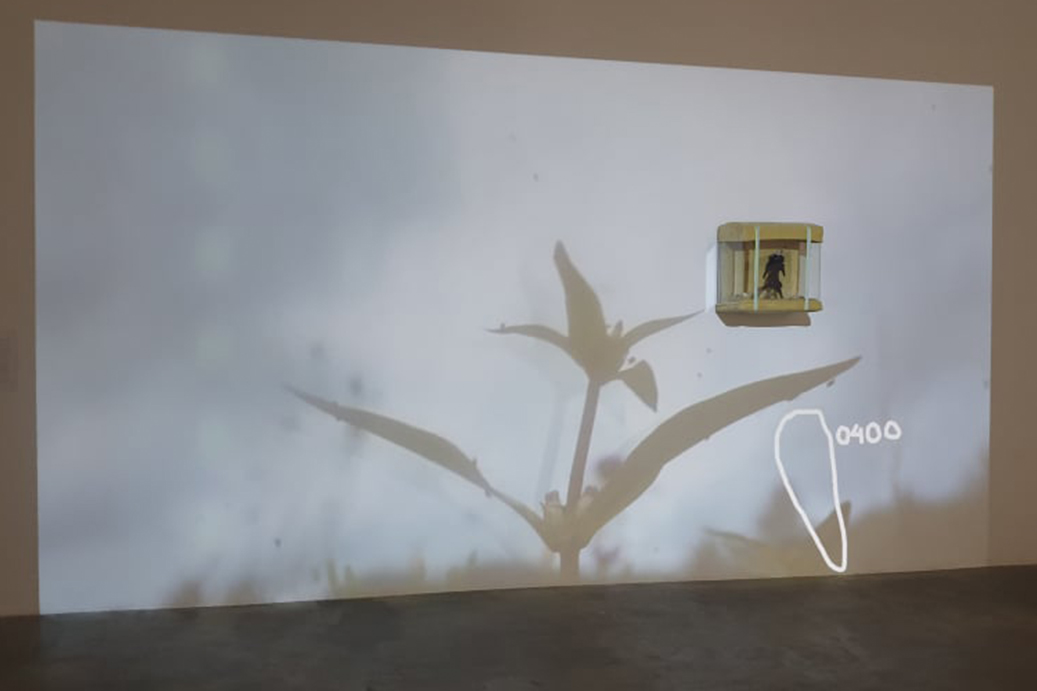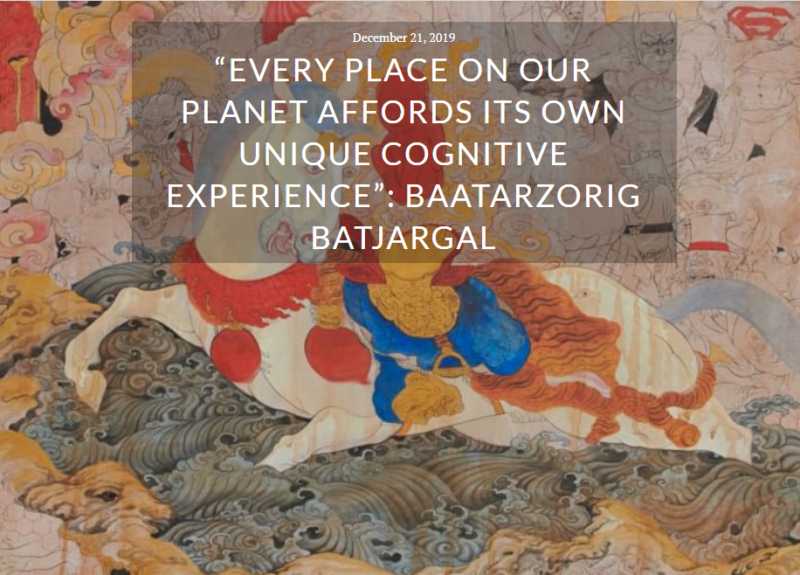NATHALIE DAOUST
Education
1997 Anaglyph and Lenticular Tri,dimensional technique
- DEC in Photography at the Cegep du Vieux Montreal
Exhibitions
Since 1999, over 140 solo exhibitions of Nathalie’s work have been organized by notable galleries, museums and cultural centers of UK, Ireland, USA, Lithuania, Russia, Canada, Switzerland, Croatia, Sweden, Australia, Peru, Montenegro, Mongolia, Finland, Kazakhstan, Poland, France, Romania, Spain, Estonia, Netherland, Georgia, Bulgaria, Denmark, New Zealand, Italy, Ukraine, Hungary, Slovakia, Australia, Greece, Austria, Japan, Brazil, Singapore, Chile, Belgium and in more than 60 group exhibitions organized in Slovenia, Austria, Canada, Spain, UK, Poland, Israel, Germany, Switzerland, Guatemala, USA, Singapore, Georgia, Russia, Norway, Japan, Russia, France, Netherlands, Argentina, Turkey, China, Bolivia and Poland.
Publication and Press
Nathalie’s works have been featured in Fll Photography, New Zealand, El Pais and Huffinton Post, Spain, Elephant, UK, AnOther, UK, MOJEH, Dubai, UAE, Spiegel, Germany, La Nacion Newspaper, Costa Rica, Dry, Denmark, Tallulah, UK, Vice and 1814, USA, Book ‘A Process’ Der Greif, Germany, Arte Fotografica International, Portugal, Silvershotz, Australia, European Photography, Germany, Weisskopf Collection Book, Switzerland, Foto 4All, Romania, Thames & Hudson, UK, South China Morning Post, Hong Kong, Art World, China, Sneaky, Australia, Spiegel Online, Germany, Revolution Art, UK, The Art Bank, China, Twill, France, Et Alors!, Netherlands, Fine Art Photo, Germany and many other magazines and over 50 articles published in international magazines, including Antilipseis, Greece, D Mode, Argentina, Vision, China, Eyemazing, The Netherlands, Build, Germany, Zoom, Poland, Japanzine, Japan, ARTENSION, France, Winnipeg Free Press Newspaper, Canada, La Liberté Newspaper, Canada, Juliet Art, Italy, ProfiFoto , Germany, Silvershotz, Australia, Article in Drome, Italy, Canada Art Cheese, National Post, Canada and many more.
Awards and Grants
2012 S.M.A.R.T. artist residency, USA SODEC script grant, Canada,
Laureat for L’égalité à l’œuvre du Secrétariat à la condition féminine, Canada
2011
Finalist in Photographer’s Forum ‘s 32st Annual Spring Photography Contest
Finalist in Photographer’s Forum ‘s 31st Annual Spring Photography Contest
Travel Grant to Vienna, Canada Council for the Arts
Project grant, Canada Council for the Arts, Canada
2009 Grand Prize for Mountain Photography Competition, The Banff Centre, Canada
2007 Promart Grant (Singapore), Foreign Affairs Canada
Travel Grant, Canada Council for the Arts, (Finland)
Portfolio Grant OQAJ (Brazil), Canada
2005 Promart Grant (Spain), Foreign Affairs Canada
2004 Promart Grant (USA), Foreign Affairs Canada
2003
Photographer’s Forum “the best of photographer’s annual 2003”, USA
Grand Prize for the Lux Québec, Canada
First prize for the Lux Québec, Photo Book, CA
First prize Lux Québec, Personnel Research, CA
The Summit Creative Awards USA, the Gold Award for the New York Hotel Story book, USA
2002 Art Grant from La Fondation Desjardins, CA
Art Grant, La Fondation du Maire de Montréal, CA
2001 First prize Lux Québec art photography category, CA
Prize for the international Nikon competition, Japan
1997 First prize Quartier Latin Contest, Canada
website: www.nathaliedaoust.com



 ON ART AND AESTTETICS interview with Baatarzorig Batjargal
ON ART AND AESTTETICS interview with Baatarzorig Batjargal

